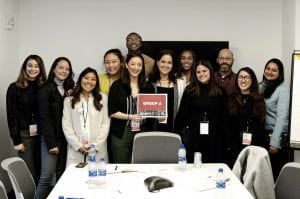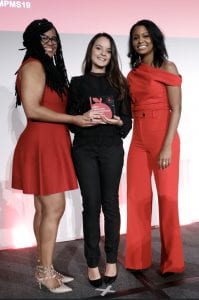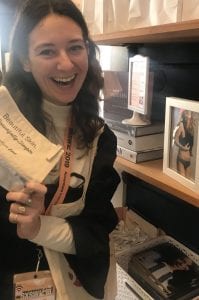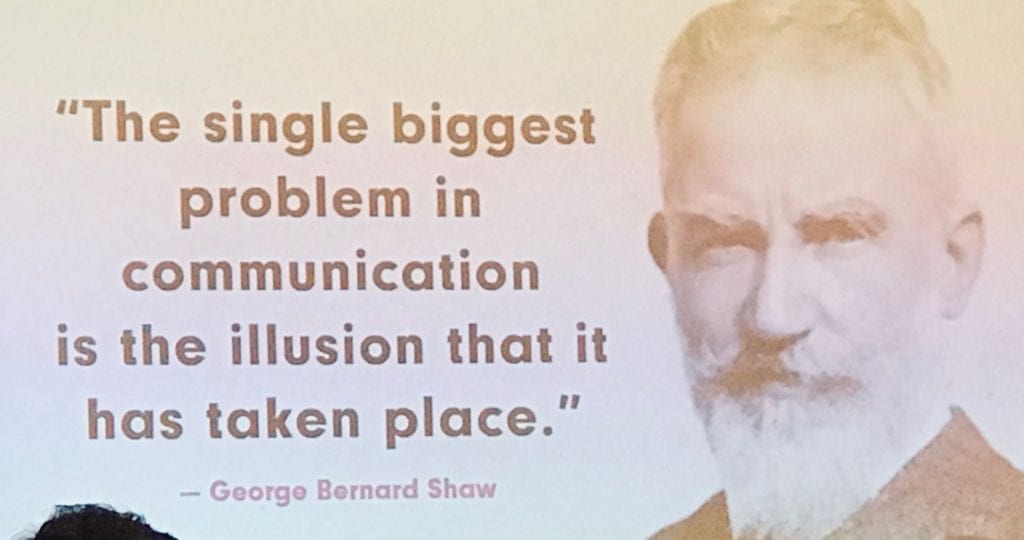Alissa Llort
 This year I was selected as one of the 50 Most Promising Multicultural Students in the United States. This program was created by the American Advertising Federation (AAF) to immerse dedicated, multicultural students in the advertising industry before graduation. After being selected, I was invited to attend a 5-day conference in New York City. This was a unique experience for me because I visited the offices of various elite agencies and media companies including Wieden + Kennedy, Turner / CNN, Omnicom Group, Sparks and Honey, 72 and Sunny, McCann, FCB, and FCB Health, and IPG. During the visits, I spoke to advertising professionals and recruiters about agency culture, personal and professional experiences, and advocacy for multicultural talent in the industry.
This year I was selected as one of the 50 Most Promising Multicultural Students in the United States. This program was created by the American Advertising Federation (AAF) to immerse dedicated, multicultural students in the advertising industry before graduation. After being selected, I was invited to attend a 5-day conference in New York City. This was a unique experience for me because I visited the offices of various elite agencies and media companies including Wieden + Kennedy, Turner / CNN, Omnicom Group, Sparks and Honey, 72 and Sunny, McCann, FCB, and FCB Health, and IPG. During the visits, I spoke to advertising professionals and recruiters about agency culture, personal and professional experiences, and advocacy for multicultural talent in the industry.
Because this incredible opportunity unites hardworking students from different backgrounds across the country, I was able to connect with  49 students and learn from their experiences in advertising so far. I value these connections because together we are the future generation of advertisers and may work for the same companies someday. I am extremely grateful to have been selected for this opportunity and I encourage all multicultural students to apply next year.
49 students and learn from their experiences in advertising so far. I value these connections because together we are the future generation of advertisers and may work for the same companies someday. I am extremely grateful to have been selected for this opportunity and I encourage all multicultural students to apply next year.
To end, I wanted to share some of the pearls of wisdom that I collected from this trip:

- “School is never out, keep reading and learning!”
- “Fear is the indicator you are ready.”
- “As you enter the professional career, choose several mentors that are not like you and learn from them.”
- “Speak up. You will never regret speaking up and saying what you think.”
- And the quote that struck me the most: “If you are here, you have earned it. It is not a matter of luck. Be proud of that and embrace your achievements.“


















